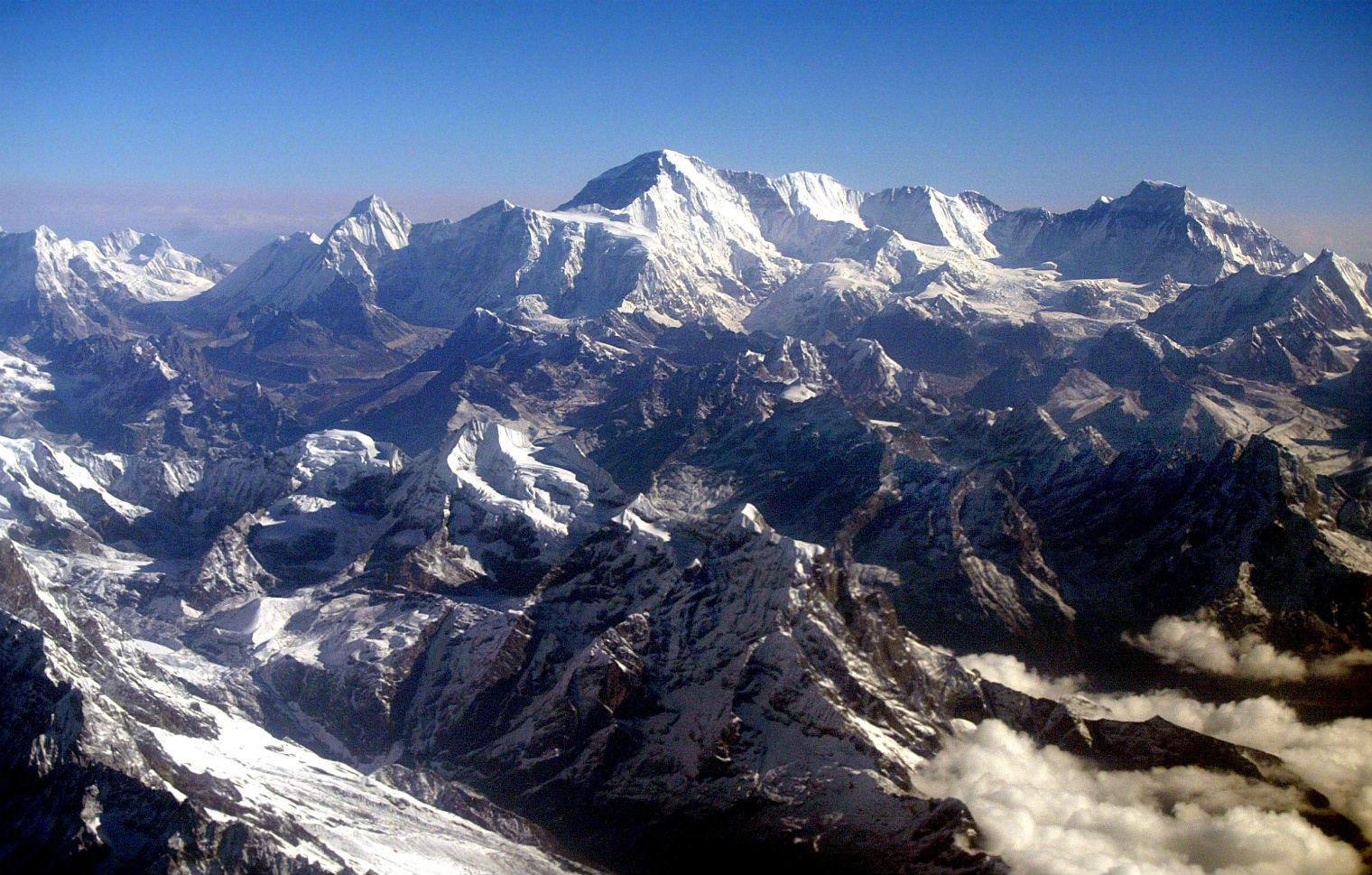India wants to remeasure Mount Everest to see if it shrunk after 2015's Nepalese earthquake
Satellite imagery suggests it is around 2cm shorter

Your support helps us to tell the story
From reproductive rights to climate change to Big Tech, The Independent is on the ground when the story is developing. Whether it's investigating the financials of Elon Musk's pro-Trump PAC or producing our latest documentary, 'The A Word', which shines a light on the American women fighting for reproductive rights, we know how important it is to parse out the facts from the messaging.
At such a critical moment in US history, we need reporters on the ground. Your donation allows us to keep sending journalists to speak to both sides of the story.
The Independent is trusted by Americans across the entire political spectrum. And unlike many other quality news outlets, we choose not to lock Americans out of our reporting and analysis with paywalls. We believe quality journalism should be available to everyone, paid for by those who can afford it.
Your support makes all the difference.The Indian government wants to measure Mount Everest to see if it shrunk after the 2015 earthquake in Nepal.
The country's surveyor-general Swarna Subba Rao said an expedition would be sent to survey the world's highest mountain within the next two months.
However, Nepalese officials said no agreement had been reached on allowing the Indian team access.
The major earthquake in April 2015 killed nearly 9,000 people and left 3.5 million people homeless.
Satellite imagery taken afterwards appeared to show the mountain may have shrunk slightly due to the movement of the tectonic plates.
The European Space Agency data suggested the world’s highest peak had shrunk by 2.5cm.
The most widely recognised height of 8,848m comes from an Indian survey conducted in 1955 – shortly after Sir Edmund Hillary and Tenzing Norgay became the first people confirmed to have successfully climbed to the top.
The Survey of India, the country's central mapping agency, would “work with the government of Nepal”, which had “agreed in principle” to allow the survey to take place, Mr Rao told the BBC.
He added that it was unclear whether the mountain had shrunk.
Under normal circumstances the Himalayan mountain range, in which Everest sits, is believed to grow an average of 1cm per year as the Indian Sub-continental and Eurasian tectonic plates gradually rub against each other.
Ganesh Bhatta, the Nepalese survey department’s deputy chief, said they had made no such agreement with India and were planning on carrying out their own survey.
Join our commenting forum
Join thought-provoking conversations, follow other Independent readers and see their replies
Comments